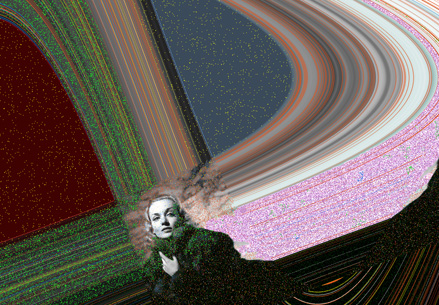"The Whitney Museum and the New York-based arts organization Minetta Brook are collaborating to bring life to Floating Island, an unrealized project from 1970 by legendary American Earthworks artist Robert Smithson. Slated for Sept. 17-18 and 24-25, 2005, and planned in conjunction with the Whitney's major retrospective of Smithson's work (opening June 23rd), the project consists of a barge filled with earth and vegetation, towed around the island of Manhattan by a tugboat."
big media matts big media dad
that 70s show
..or How to put a laptop inside a regular frame and hang it on the wall!!
Okay, so those commencement speeches weren't very interesting, but this is a good story. Honest. To Cuba (almost) by Outrigger Sailing Canoe.
"Cradle to Cradle desisn rejects the assumption that human industry inevitably destroys the natural world. instead, C2C design emraces abundance, human ingenuity and positive aspirations."
Cradle to Cradle new housing competition.
Cradle to Cradle new housing competition.
whats in a......brand-naming quiz?
Two commencement addresses if you're bored:
Senator Barack Obama at Knox College and Steve Jobs at Stanford.
Senator Barack Obama at Knox College and Steve Jobs at Stanford.
caught a few minutes (which is all anyone should ever watch)of this the other day. for me, its all about the tube socks. for you, maybe its linda blair in hot pants. or not.
Google maps has international satellite imagery. The detail of this image of Buckingham Palace is stunning.
coo coo ca-choo
Downing St. memo daily media targets
"it's J.R.R. Tolkien reading and Singing his Lord Of The Rings: The Two Towers/The Return of the King it's a magnificent piece of audio and was recorded before the books publication.On this Lp Prof. Tolkien reads from his notes for the books as well as sings and chants verses of prose in elfish!, read the books in High School but I'm not a big LOTR fan boy by any stretch yet this recording always amazes me. "

cupcakes!
does dr wilson know all of the secrets of prospect park ?
purdy funny - dear lindsay
cant find the serge gainsbourg thread
In two current exhibitions of paintings, short videos, and seven-inch sound-effects records from the mid-‘70s to the mid-‘80s, the work of Jack Goldstein (1945–2003) is just as conceptually acute as it is easy on the eyes. At Metro Pictures, Goldstein's gorgeous yet dissonant paintings seem to be based on photographs capturing nature at its most awe-inspiring (lightning flashes, volcanic eruptions). But does nature really exist in such luscious Technicolor? Uptown at Mitchell-Innes & Nash are several more paintings, nine handsome 7-inch discs, and an exceptional loop of his beautiful, spare videos. Obvious precursors to the work of contemporary artists like T.J. Wilcox, Goldstein's videos reveal the artist steeped in the same concerns that would later inform his paintings. White Dove, 1975, shows the futile attempt of a pair of hands to clasp a perched dove, which flutters away before it can be captured. The hypnotizing The Jump, 1978, presents rotoscoped stock footage of divers. The glitzy effect transforms the athletes into pixilated jewels, their lithe bodies spinning and twisting from highboards before disappearing with a splash into a black void. Goldstein's exceptional body of work elucidates a state in which beauty is experienced second-hand, inside the pages of magazines and television screens, and locates something more complicated than spiritual bankruptcy therein.
—Nick Stillman artforum

